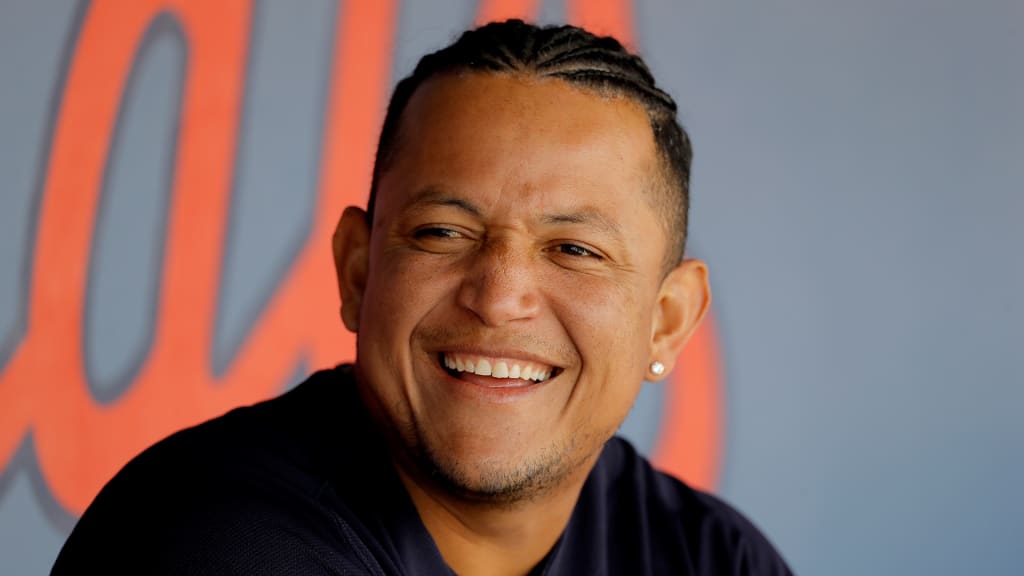
DETROIT -- Remember when 2020 was supposed to be the season of Miggy Milestones?
Yes, those projections were from a few years ago. But before injuries hampered his past few seasons, from the ruptured biceps that cost him half of 2018 to the balky knee that left him hobbling all last year, Miguel Cabrera looked like a shoo-in to join the 3,000-hit and 500-homer clubs and punch his ticket to Cooperstown, where one of the bats from his 2012 Triple Crown already resides.
Cabrera entered the 2017 season with 2,519 career hits and 446 home runs. He has 296 hits and 31 home runs over 304 games in the three years since. With 185 hits and 23 home runs to go, Cabrera would’ve needed a full, healthy, bounce-back season to reach both. The way he looked in Spring Training, slugging three home runs and batting 10-for-29, he could’ve made the countdown interesting.
Then came the coronavirus pandemic and baseball’s resulting shutdown. Now, instead of counting down, the math with Cabrera is to count up: How many home runs can he hit in a 60-game season? How many hits would a .300 season get him? How many games can he play after an abbreviated Spring Training?
One question that does seem to be answered: Cabrera has kept up the fitness he took into Spring Training.
“Quite frankly, just so you know, he hasn't missed a beat in this downtime,” general manager Al Avila said this week. “As a matter of fact, I know he's already preparing to get back [to Detroit] this weekend.”
Cabrera told MLB.com a month ago that he was working out daily at his South Florida home.
“I have a gym at my house, so I've been working out every day,” Cabrera said at the time. “I hit almost every day.”
Will that be enough to get him off to a hot start? Recent history suggests it might.
Among the amazing consistent statistical splits from Cabrera’s career is a near-even divide on the schedule. He owns a .315 career average and .937 OPS in the first half of the season, compared with .314 and .932 in the second half.
Over the past few seasons, however, he has been better early than late, perhaps a sign of wearing down as the games have piled up. He hit .303 with a .765 OPS before the All-Star break last year, compared with .254 and .715 after. He was batting .299 with an .843 OPS when a ruptured biceps in June ended his season. He batted just .230 down the stretch in 2017, with more strikeouts (46) than hits (45).
Another factor might play into those second-half struggles: Motivation. Cabrera generally thrived in stretch runs when the Tigers were competing for something. He hit .346 with 20 home runs and a 1.057 OPS after the All-Star break in 2016, well above his first-half splits, as the Tigers rallied to stay in postseason contention until the final day of the regular season. Of all the challenges he has faced during this Tigers rebuild, he has acknowledged that has been a challenge, almost as much as health.
This season might not change that. In fact, it could be tougher in empty ballparks without the crowd to add intensity.
“It's going to be boring,” he said last month, “because the fans, they’re a big part of this game. We have to get used to that and hope we can move forward.”
Still, if the Tigers can get off to a solid start, at least enough to stay within sight of contention down the stretch of a truncated schedule, an empty ballpark might not matter. And a 37-year-old Cabrera might get a push. It won’t be enough to get him near milestones this year, but it could put him in nice position for next season.
